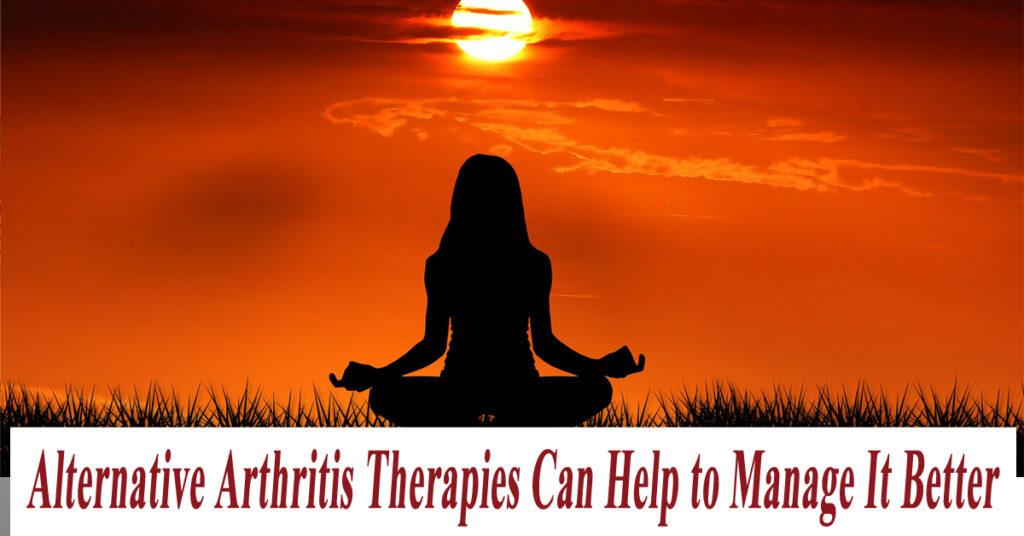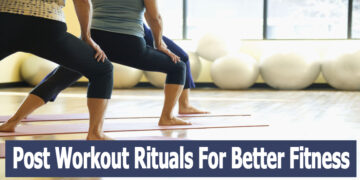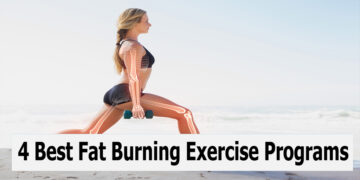Alternative treatment options have been available for eons, but they’re becoming more popular with the science to support them. All arthritis types can be treated effectively with natural therapies. They can even lower uric acid levels in gout.
These alternative options can treat the effects of arthritis and the pain that accompanies it. Some methods can improve your pain management enough to allow you to quit taking those medications, which have associated undesired side effects.

An Ocean of Alternative Freedom
From relaxing steam baths to special exercise classes that reduce inflammation and improve joint mobility, welcome to the therapeutic ocean that can free you from arthritis pain, stiffness, and western treatments.
Hydrotherapy
Hydrotherapy has often been called the water cure for many disorders ranging from depression, problems with the stomach, nerve issues, stress, and insomnia. It includes steam baths, saunas, contrast therapy, foot baths, and colon cleanses.
It’s also a validated form of physiotherapy and occupational therapy. Varying temperatures are used to balance your health, and this type of therapy is quite enjoyable.
Hippocrates was the first person to document the use of heated water in ancient Greece, but it was also practiced in ancient Egypt and Rome. Often, the ancients are seen enjoying a steaming bath in bathing areas in movies.
A study conducted by the University of Sydney in Australia, along with associates in Brazil, measured the efficacy of hydrotherapy in osteoarthritis management. Participants benefited from reduced pain and increased mobility.
What a nice leap forward for osteoarthritis, which comes with age, injury, or daily wear and tear on the joints.
Stretching
According to Harvard Medical School, stretching daily can ease the pain of arthritis and improve your hindered mobility. The less your joints move, the more immobile they become, and they won’t reach their full motion anymore.
This also causes the surrounding muscles to contract over time, which makes it even more challenging to be active. You can lose your equilibrium, making it difficult to walk without assistance.
Stretching is a low-impact method to reduce this degeneration of your joints, which typically occurs with osteoarthritis and rheumatoid arthritis. You don’t need a host of stretches, but you must start stretching those muscles to prevent the contractions.
There are three simple rules to keep in mind with stretches:
- Relax your joints before stretching with a hot bath or shower. This acts as a warm-up so that you don’t strain your muscles.
- Never stretch through pain. Instead, choose a time of day when your joints are most relaxed.
- Expect some discomfort from the stretches, but be careful of pain.
Massage Therapy
Rheumatoid arthritis often leaves you with less mobility and daily functionality in your hands. It’s an inflammatory disorder stimulated by autoimmune dysfunction, and it’s also painful.
A study conducted by the Humber College in Ontario, Canada, focused on how massage therapy can help rheumatoid arthritis in the upper limbs. Participants were given 60-minute treatments over five weeks.
Rehabilitative massage therapy was used, and the results spoke for themselves. Patients had significantly reduced pain and improved use of their hands.
Acupuncture
Another alternative option for rheumatoid arthritis is acupuncture, an ancient Chinese method where practitioners insert thin needles into the inflamed tissue between the bones to relieve pain.
A recent review of the efficiency of acupuncture was published in the Hindawi Medical Journal, and 43 studies confirmed that acupuncture is useful for relieving pain and inflammation.
Yoga
Yoga releases bloodstream elements that promote better physical and mental health, and it can be used as another alternative treatment for rheumatoid arthritis, gout, and osteoarthritis. Stretching the muscles will increase mobility.
Feeding your brain in this manner will also give you peace of mind and reduce pain naturally. Moreover, your oxygen saturation will increase, leading to vital nutrients traveling to various organs and joints to reduce inflammation.
Speak to your instructor, and let them know that you suffer from arthritis. Warm-ups are essential, and you must never practice it during painful or stiff bouts. Flow yoga might be the best option for you to consider.
Tai Chi
Tai chi is a gentle form of martial arts that allows you to use low-impact movements to improve breathing and relaxation. It also works wonders for rheumatoid arthritis, increasing mobility and improving your pain management.
FAQs
Here are the most frequently asked questions about joint health during alternative treatments and the big nos.
Are My Joints Fragile?
Yes, arthritis tends to do that, but as long as you follow the recommended therapeutic options, you can avoid problems.
What Should I Avoid?
Fragile joints mean that you need gentle movements. Only use low-impact exercises and treatments. Stay away from jogging, running, jumping, or sudden twists, bends, and turns. These could break fragile joints.
Final Thoughts
Arthritis doesn’t mean that you must quit. It’s a condition that must be managed properly, and there isn’t always a need for drastic measurements. It’s an obstacle, but you can overcome it.


























